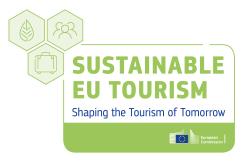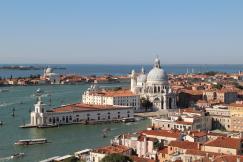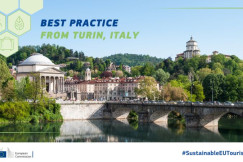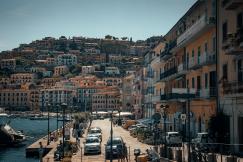Best practices
06 June 2025
Sustainable EU Tourism project - best practice: Liepāja
Best practices
06 June 2025
Coastal, maritime and inland water tourism
Cultural tourism
Sports tourism
+12 more
Login / create an account to be able to react
-
19
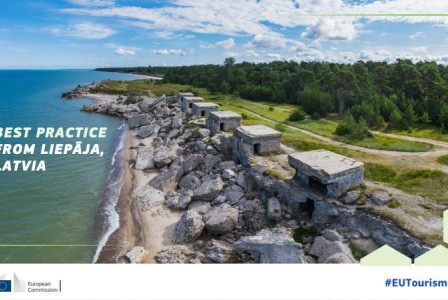
Liepāja, Latvia, has become a benchmark for accessible and inclusive tourism in the Baltic region. Since 2012, the city has invested in barrier-free infrastructure and developed multisensory experiences to ensure that everyone—regardless of age or ability—can enjoy its seaside attractions and rich cultural heritage.
Topics
Latvia
Destination Management & Marketing Organisations
Local Authorities
-
Specific types of tourism
-
-
Coastal, maritime and inland water tourism
-
Cultural tourism
-
Sports tourism
-
-
Transition Pathway Strategic Areas
-
-
Accessible tourism services
-
Best practices, peer learning and networking
-
Governance of tourism destinations
-
Well-being of residents
-
-
Business activities
-
-
Activities of associations and other organisations supporting tourism
-
Festivals, cultural and entertainment activities
-
Hotel and similar accommodation
-
Museums
-
Operation of historical sites
-
Other
-
Recreational and sport activities
-
Tour operator activities
-
Share
Liepāja, Latvia, has been recognised as a best practice by the Sustainable EU Tourism project for its long-term commitment to accessibility and inclusion in tourism.
Since 2012, the municipality has implemented key infrastructure upgrades – such as tactile paving, accessible beaches, and audio buoys for visually impaired swimmers - ensuring that people of all ages and abilities can access the city’s main attractions.
A highlight of Liepāja’s inclusive offer is the “Hear, smell, touch Liepāja” project, a guided sensory tour led by a trained blind guide, specifically designed for visually impaired visitors.
The city continues to innovate, currently developing a metaverse experience to allow people with limited mobility to explore Liepāja digitally.
With support from EU, national, and municipal funding, the initiative has gained traction among private stakeholders and improved the quality of life for both residents and visitors.
Additionally, Liepāja also invested in improving the accessibility of its accommodation facilities and services, as nearly all local hotels meet international accessibility standards, and tour guides are certified to assist people with disabilities.
Liepāja’s journey shows how political will, strategic investment, and public engagement can turn accessibility into a key pillar of sustainable tourism.
For more details on the key challenges the destination has faced, and the solutions implemented to address them, please refer to the attached document.
#Destination management #Sustainable tourism #Adaptation strategies #Cultural preservation #Community engagement #Stakeholder engagement #Tourism development #Mobility
Documents
Comments (0)
Related content
See also
Sustainable EU Tourism - Key challenges and best practices
- Categories
- Coastal, maritime and inland water tourism Cultural tourism Ecotourism +64 more
Sustainable EU Tourism project - best practice: Bordeaux
- Categories
- Gastronomy tourism MICE tourism Urban/city tourism +18 more
Grosseto nominated for 2024 Smart Tourism Award
- Categories
- Accessible tourism services Best practices, peer learning and networking Governance of tourism destinations +28 more


